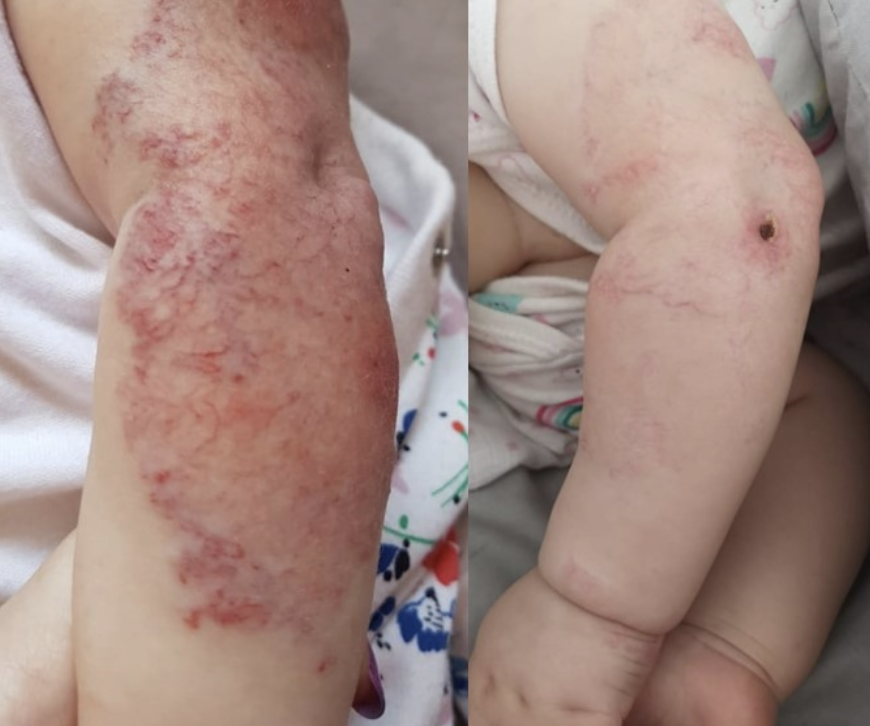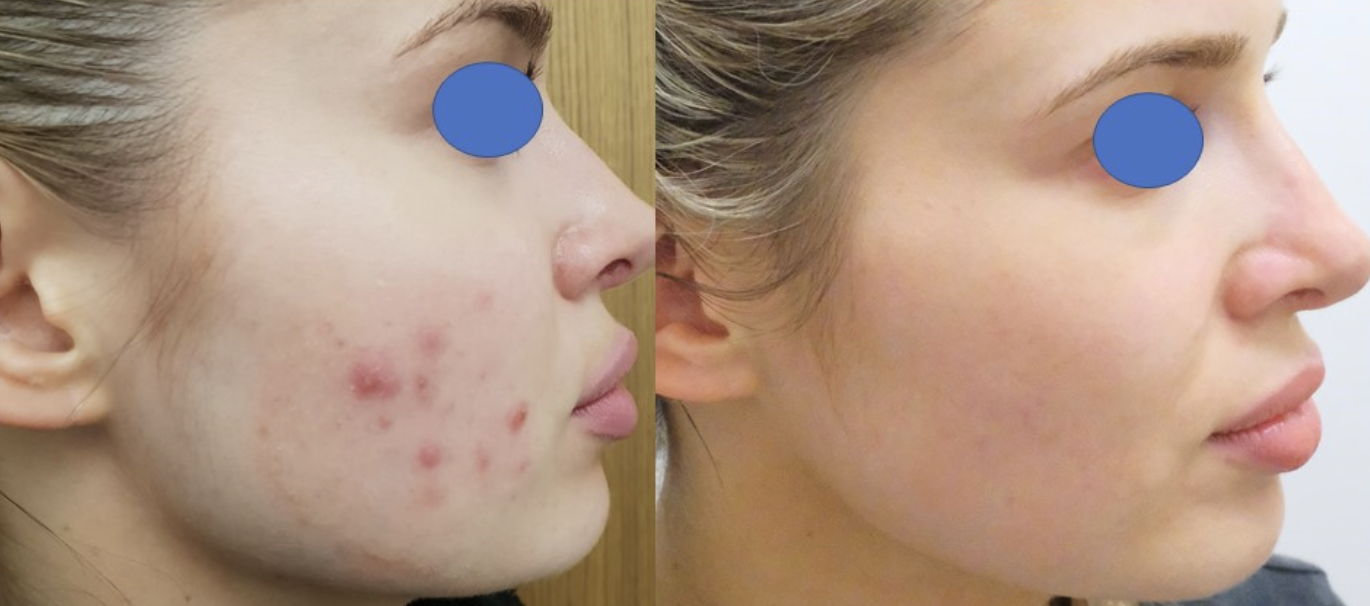Subcision
Treatment
Subcision is a surgical procedure which is used to treat certain types of scars in particular acne scars. A surgical instrument is used which depending on the extent of the scarring could range from a small sized subcision needle called the Nokor needle to a specifically – designed subcision instrument with an incisor sharp end called the Taylor liberator, a reference to Dr Mark Taylor who invented the instrument.
Acne scars can be divided into several subtypes. These include ice pick, boxcar, and rolling scars. Each subtype of scar is best treated with a certain method and a patient may have one or more than one subtype of these scars and it is therefore possible that different treatment methods are needed in a single patient given the diversity of the acne scars subtype(s).
One particular type of acne scars that would benefit from subcision is the rolling acne scars subtype. These scars appear with shadows that change with the angle of lighting and a description of “hills and valleys” appearance on the skin. These rolling scars may or may not necessarily be associated with volume loss of the deeper part of the skin. The base of these scars is adhered to the deeper layers of the skin structure called the fascia. This tethering pulls the scar downward which gives this depressed appearance often referred to as “valley”. A common description by patients is that these scars appear to be accentuated with different angles of light which is due to the shadows appearing as a result of the scars. Subcision enables the insertion of the subcision tool through the skin and severing the strands of scars which will enable the affected area to lift up with or without additional treatments such as laser treatments or filler injections. Once the procedure is done icepacks will be applied for a short period of time and appropriate aftercare advice will be given. There is associated recovery time with bruising and swelling after the procedure which the duration and extent of will depend on the severity and extent of the scars. This will be clearly explained prior to commencement of the procedure.
Professor Firas Al-Niaimi is a highly experienced dermatologic surgeon who has performed hundreds of subcision cases and is one of very few in the UK with such extensive expertise.
FAQs
The procedure requires injecting a dilute anaesthetic fluid mix in the cheeks and we usually wait half an hour for this to take full effect prior to starting the procedure.
The subcision procedure itself lasts 20 minutes to half an hour so the entire procedure will last around an hour.
Subcision is a very effective treatment for acne scars and the results can last for years. The procedure may need to be repeated for optimal results.
No there is no preparation needed. The skin needs to be free of active infection for the procedure to take place.
The recovery varies depending on the extent of scars and subcison. Dr. Firas Al-Niaimi performs deep subcision and the estimated recovery time is up to a week with some residual bruising.








